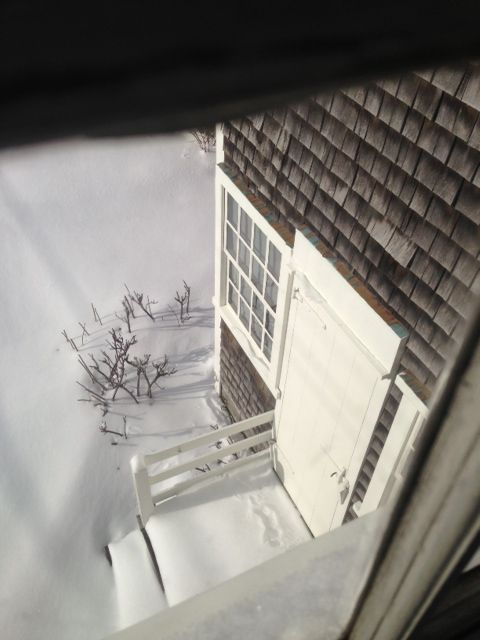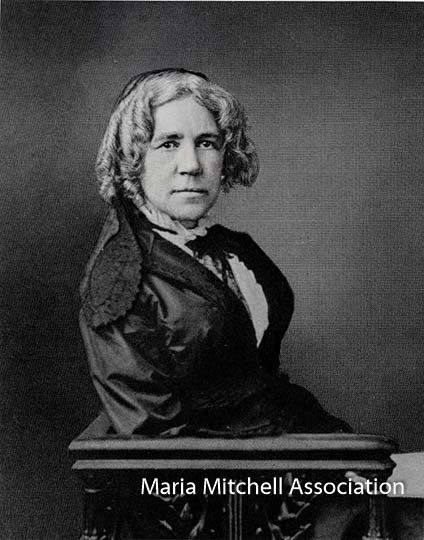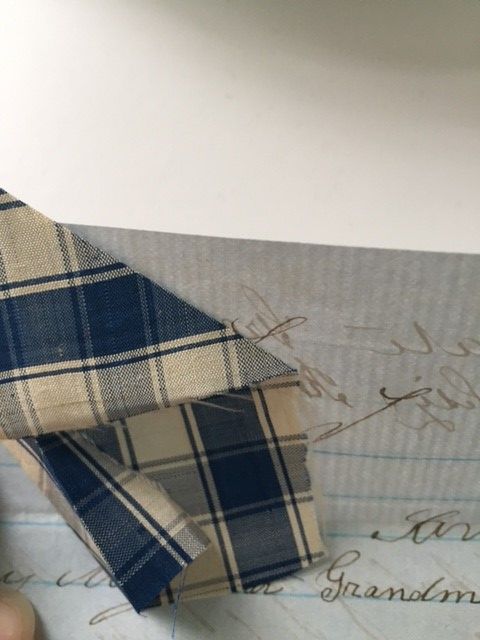Scanning Technology Preserving Monuments at Risk
I came across this on the front “page” of the New York Times online the other day. It caught my eye as this is a technology that Preservation Institute Nantucket has been using for a few years and which the MMA has benefited from. We have had all of our historic buildings scanned for preservation purposes. The scanning not only documents a building in exact detail, it also allows us to use such documentation for restoration and conservation purposes as well as maintenance. We can track the building over time to note any changes for future generations and also if something happens to the building we quite simply have a record. The scans are actual photographic images. Unfortunately, we are fast losing a large range of monuments, sculptures, buildings, etc. in territories that are under siege where certain groups see these historic sites as threats to their so-called power. Fortunately, we can document some of them before they are lost though it will not be the same. Kudos to the World Monument Fund/UNESCO/UN and the people who are on the ground doing this work so that future generations can at least know what these monuments looked like and where they were located – continuing to learn about the past and how it shapes the future. No one can take that away from us.
JNLF
Recent Posts




